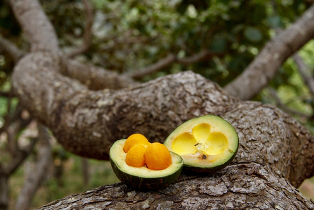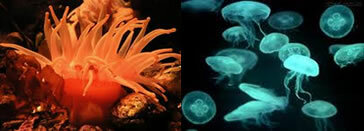Have you ever heard of peki, a fruit with a yellowish stone and very common in Brazilian Midwestern cuisine? That typical Cerrado fruit has a name of Tupi origin, which means “spiky skin”, a striking feature. In addition to the name pequi, the species is known as thorny almond, horse grain, pequerim, suari, among others.
O pequi tree – species that has pequi as a fruit – receives the scientific name of Caryocar Brasiliense e is a tree species that can reach up to 10 meters in height and live for about 50 years. Its leaves are covered with hair and are formed by three leaflets. Its beautiful flowers are yellowish and large.
The pequi tree only starts its reproductive phase when it reaches its eight years of age. its fruits, which normally start maturing in November, are large and have a green skin, and inside there are one to four pimples full of thorns surrounded by a yellow pulp. This pulp is the part that is usually used in food, usually in rice or with a delicious chicken.
When ripe, the green color of the bark is maintained, appearing only softer. They do not need to be removed from trees as, when fully mature, they fall naturally. At this time it is very common to see several people indiscriminately collecting the fruit, since it represents a great source of income.

The pulp that covers the pequi pit is widely used in regional cuisine
In addition to being a tasty food, the pequi fruit has anti-inflammatory activities and is very beneficial to the cardiovascular system, as indicated by research carried out by the University of Brasília. The research also revealed that the fruit has theantioxidant activity that prevents cell mutations that occur as a result of chemotherapy treatments.
In addition, the pequi pulp is rich in vitamins C, A and E, and its core is rich in oils that can be used by the cosmetic industry and even for the production of biodiesel. It is important to highlight that, in addition to all these benefits, pequi trees can also be used to recover and reforest areas in the Cerrado.
Tip: To thetry the fruit, do not bite into the stone, as it is endowed with a large amount of thorns. You should gently nibble the pit to avoid accidents.
By Ma. Vanessa dos Santos



